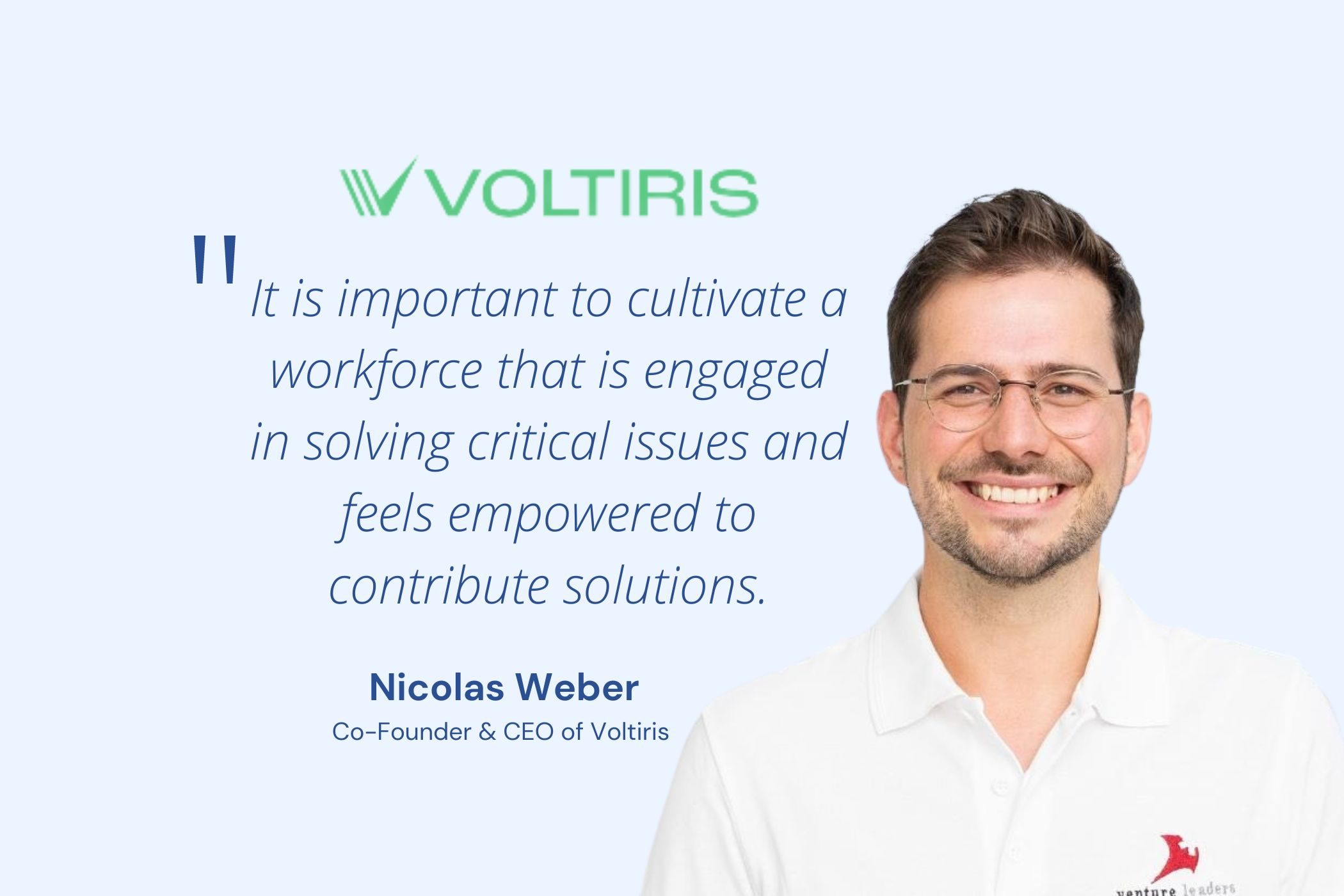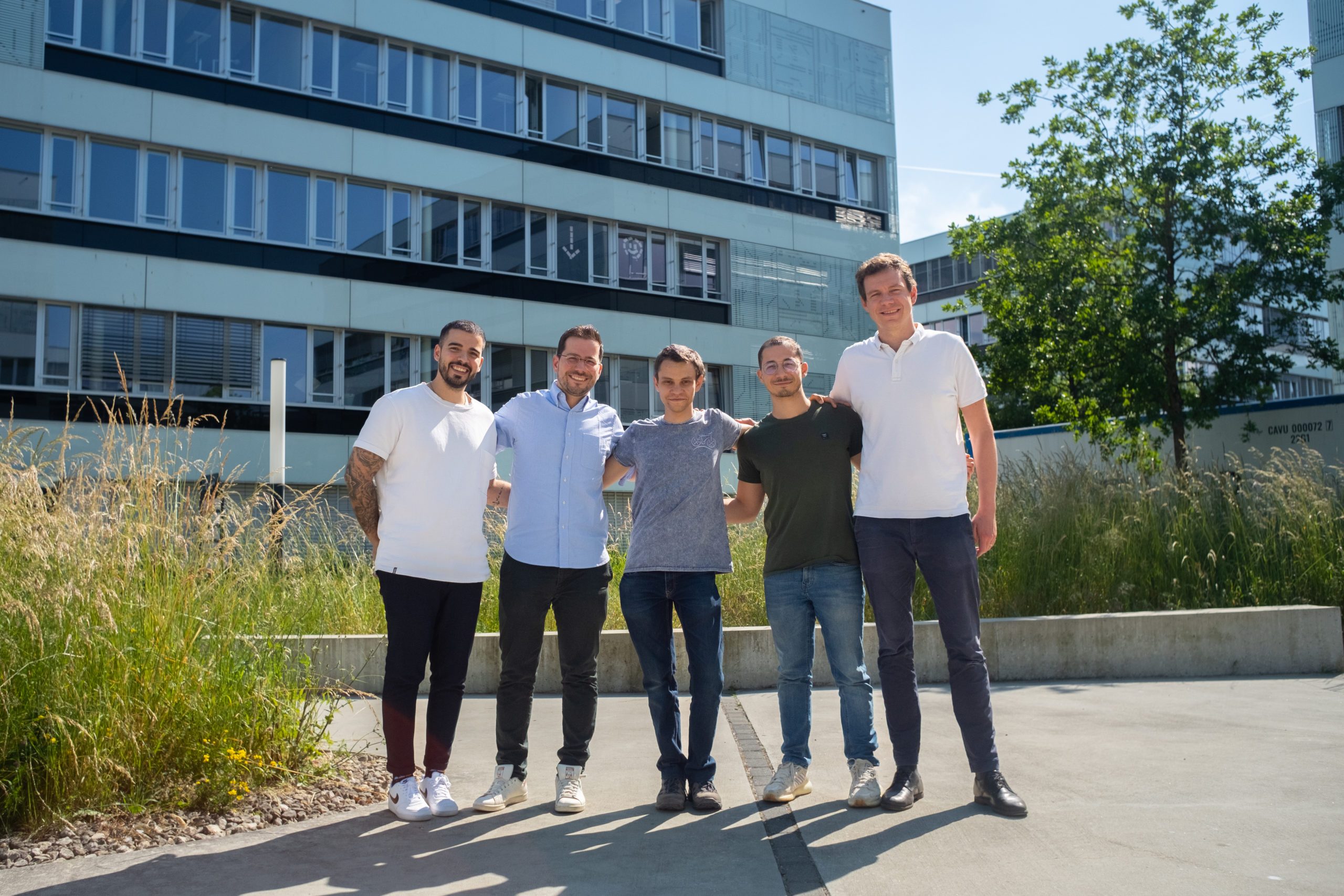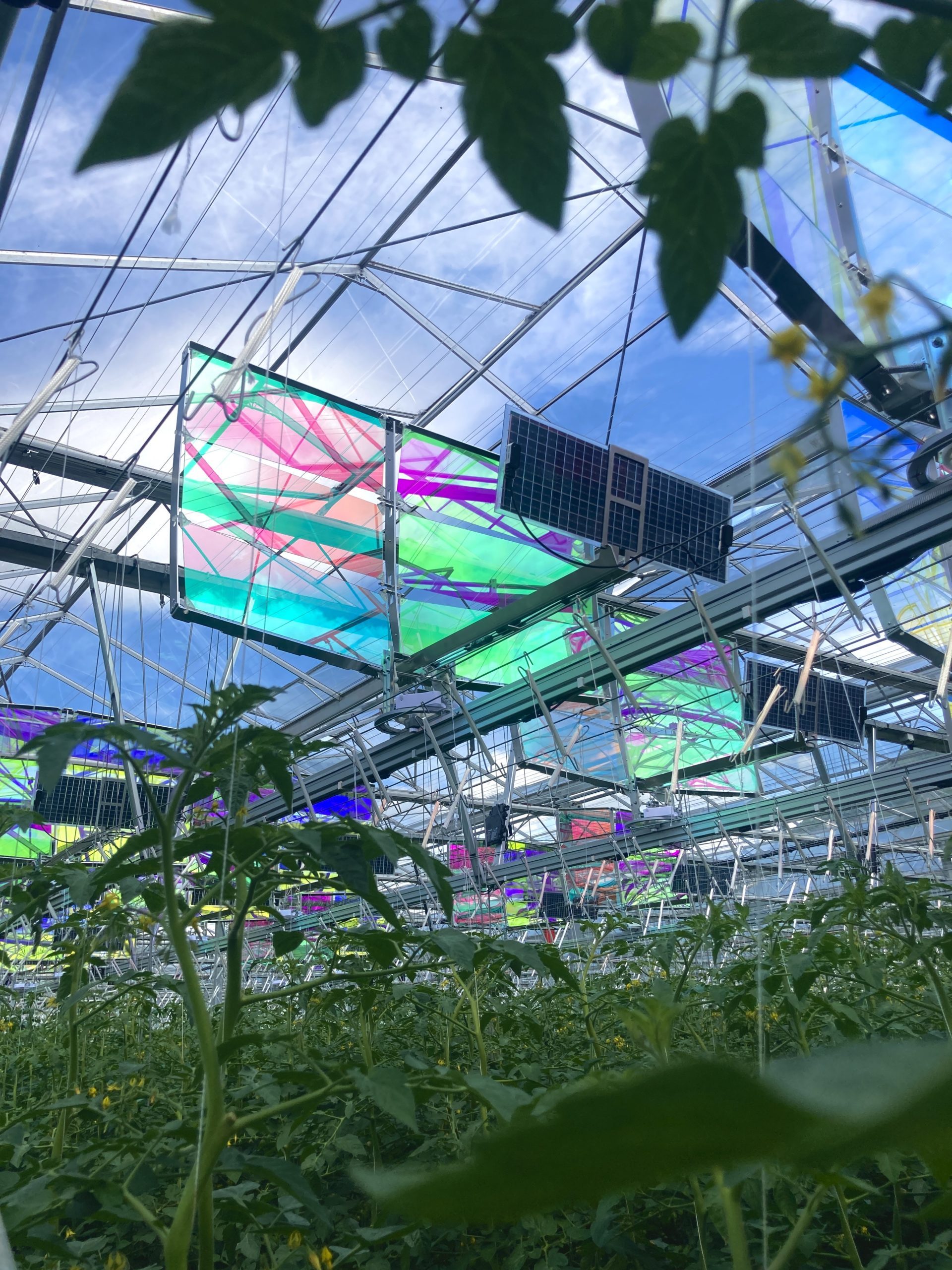
Meet Nicolas Weber, Co-Founder & CEO Voltiris
What inspired you to start Voltiris, and how did you come up with the idea of combining solar modules with greenhouse structures to enable a double use of the land?
My motivation stemmed from a desire to make a meaningful impact on our transition to cleaner energy, collaborate with inspirational individuals, and contribute to addressing the multifaceted challenge of our energy landscape. The specific concept behind Voltiris, which involves optimizing spectral utilization for both agricultural and energy production, originated from my co-founder Jonas Roch, who holds a Ph.D. in spectroscopy. Jonas and I have been close friends for nearly two decades, sharing a long-held aspiration to create something meaningful together.
After experimenting with the concept with growers, we fine-tuned various product designs and crossed paths with our third co-founder, Dominik Blaser, who brought invaluable expertise in Mechanical Engineering and Energy.
Greenhouses are crucial for agriculture, but they also consume a significant amount of energy for heating, cooling, and lighting. How does Voltiris’ technology address this challenge and help greenhouse owners achieve sustainability in terms of energy consumption?
The availability of renewable energy poses a challenge, as space is limited, and obtaining construction permits in agricultural areas is often challenging. Heat sources typically rely on fossil fuels, while decarbonized sources are frequently tied to grid electricity, making growers vulnerable to market fluctuations.
Voltiris empowers growers to fully utilize their existing infrastructure – their greenhouse – to generate a portion of the energy needed for their operations directly on-site. The energy produced operates “behind the meter,” making it more cost-effective than grid electricity and other alternatives. It also offers independence from external events affecting the grid. Finally, it significantly reduces CO2 emissions from the electricity itself but also by enabling electricity-dependent heat sources (such as data centers or heat pumps).
Finally, it not only substantially reduces CO2 emissions from electricity generation but also facilitates the use of electricity-dependent heat sources, such as data centers and heat pumps, further contributing to environmental sustainability.
How does Voltiris ensure that electricity generation does not compromise the crop yield beneath the modules?
We rely on a rigorous process of theoretical research and extensive testing. While spectral selection has been used in indoor farming, its application in greenhouses, where ample natural light is available, is relatively unexplored. We consulted with leading experts in photobiology who validated our ideas and collaborated with renowned research centers and established growers to test our solution across various crops and geographies. Over a span of 24 months, we’ve installed and are currently testing our technology with over 11 projects in Switzerland, the Netherlands, France, Spain, and the US.
Through these efforts, we’ve been able to demonstrate in diverse settings that our solution does not adversely affect crop yields. Furthermore, we are actively working to prove that it can even bring benefits to crops and greenhouse growers across multiple dimensions.
Can you explain the basic working principle of Voltiris solar modules? How do they capture solar energy while still allowing enough sunlight to reach the crops below?
Voltiris employs a spectral filtering technology that permits a portion of the light necessary for crop photosynthesis to pass through. The “unused” light is separated, reflected, and concentrated onto standard solar cells. What sets our approach apart from existing agriPV solutions is the precision of light selection within specific bandwidths – it’s either permitted through or not.

Voltiris Team
How does Voltiris contribute to the overall sustainability efforts of greenhouse owners and the agricultural industry as a whole?
Our solution benefits three key stakeholders:
- Greenhouse operators: They can directly reduce their CO2 emissions by accessing renewable electricity within their greenhouse facilities. Additionally, Voltiris addresses recent energy crises, mitigating the impact of price volatility and overall cost increases for growers. This affordability and reliability enable growers to invest in other facets of their operations, such as research and development, fostering innovation and industry growth.
- Consumers: An increasing number of consumers seek responsible and sustainable consumption. Voltiris enhances the economic and environmental resilience of local growers, strengthening local supply chains and reducing the need for importing products from distant regions. This aligns with consumers’ desires for sustainable choices.
- Solar developers: Finding suitable surfaces for efficient solar power deployment can be challenging, as demonstrated in debates about Alpine Solar. Voltiris’ solution allows for the installation of large solar fields with a limited number of clients (i.e., greenhouse growers), preserving land and biodiversity.
Financing renewable energy projects can be a hurdle for some farmers or greenhouse owners. How does Voltiris address this challenge, and what are the potential cost-saving benefits for its users?
We tackle this challenge by presenting a compelling value proposition and a clear understanding of the business case. We can provide interested growers with a data-driven case study they can use to make informed financial decisions.
Growers have two financing options: self-finance the solution or opt for a long-term energy contract. With the latter, they commit to purchasing a fixed volume of energy at a predetermined price for 15 to 25 years. In this scenario, we collaborate with partners to secure financing for the solution. This allows growers to reap the benefits – improved profitability, increased energy independence, and reduced CO2 emissions – without the need for an upfront investment.
Are there any specific crops or geographic regions where Voltiris’ technology has shown particularly promising results? How adaptable is the system to different agricultural environments?
This is an interesting question. Currently, we are concentrating on vegetables like tomatoes, cucumbers, and peppers, as well as flowers, in Switzerland, the Netherlands, and France. We’ve observed a strong response in these regions due to the uniqueness of our proposition and the evolving energy management landscape.
Looking ahead, our solution introduces a new approach for self-consumption of energy within greenhouses . The different components of our value proposition hold varying significance across different crops and geographic regions. We’ve engaged in discussions that have opened doors to intriguing and potent use cases. For instance:
- In Europe, we are heading towards greenhouse electrification, requiring a decarbonized energy source.
- In Mediterranean countries and the Middle East, our solution provides clean energy for cooling crops and reduces water requirements.
- In countries like Ethiopia, where grid stability can be an issue, growers rely on diesel generators for energy. Our decentralized energy source offers valuable independence.
The coming years will provide deeper insights into these aspects and a better understanding of how our solution adds value to growers globally.
Maintaining and managing solar modules on top of regular greenhouse operations might seem complex. How does Voltiris support greenhouse owners in installing, operating, and maintaining their solar-integrated systems?
From the outset, our focus has been on building a solution that caters to the needs of growers rather than merely introducing a technological innovation. We continuously collaborate with growers to understand their requirements and ensure the attractiveness of our offering. We have established partnerships with experts capable of maintaining our solar projects for the long term, trusted by growers to work within their greenhouses. Our maintenance services are offered at a fixed price, aligning our interest in developing low-maintenance hardware. Ensuring the reliability and longevity of our solution is paramount. We subject it to rigorous testing, such as simulating the aging process with exposure to acid.
The solar industry is evolving rapidly, with various technological advancements. How does Voltiris stay ahead of the curve and ensure that its solutions remain cutting-edge and efficient?
We are still in the early stages of our journey and possess the agility to adapt swiftly. We operate based on key hypotheses that we continually test with growers and other stakeholders in the greenhouse ecosystem. While competitors are often a focal point, it’s worth noting that we are in the nascent field of AgriPV, and some emerging solutions may not necessarily be direct competitors but rather target distinct market segments. Our primary competitors remain the incumbent fossil fuels used in greenhouses.
Looking to the future, what are your long-term goals for Voltiris? How do you envision your technology impacting the agriculture and renewable energy sectors in the coming years?
In the long term, my vision for Voltiris is to create a lasting impact by significantly reducing carbon emissions within our food systems while enhancing their resilience. Our goal is to empower growers to generate clean energy at a large scale, fostering the electrification of the agricultural sector and ultimately eliminating the use of fossil fuels in food production.
To achieve this, our primary focus is on delivering a compelling solution that brings satisfaction to our clients and partners. Equally important is cultivating a workforce that is engaged in solving this critical issue and feels empowered to contribute solutions.
Fundamentally, Voltiris operates on a simple principle: spectral filtration to harness energy from unused light. This principle can take shape in various product designs. Currently, we concentrate on advanced greenhouse solutions, where the possibilities are enourmous. The global greenhouse surface currently spans 60,000 hectares, offering the potential to install approximately 25 GW of electricity generation capacity. This surface area is projected to double by 2030.
However, we also recognize the potential for our technology to extend into a wide array of applications that could have an even more substantial impact on our food systems. The future holds exciting prospects, and we look forward to exploring them.
Find out more about voltiris here: https://voltiris.com/
Connect with Nicolas: https://www.linkedin.com/in/nicolasweber9/



